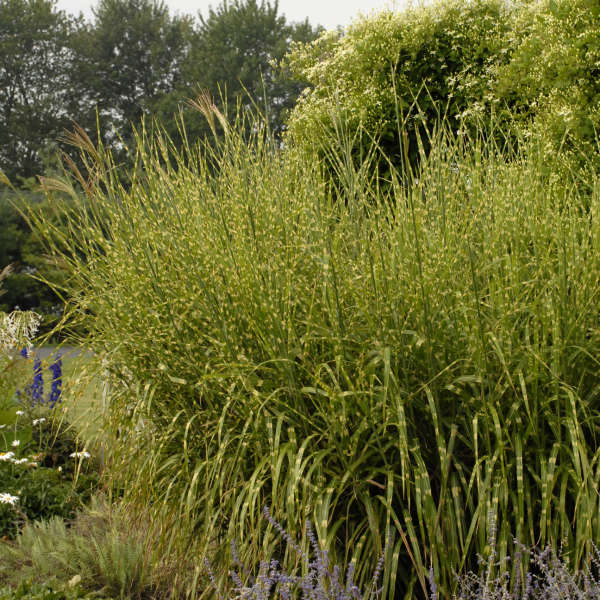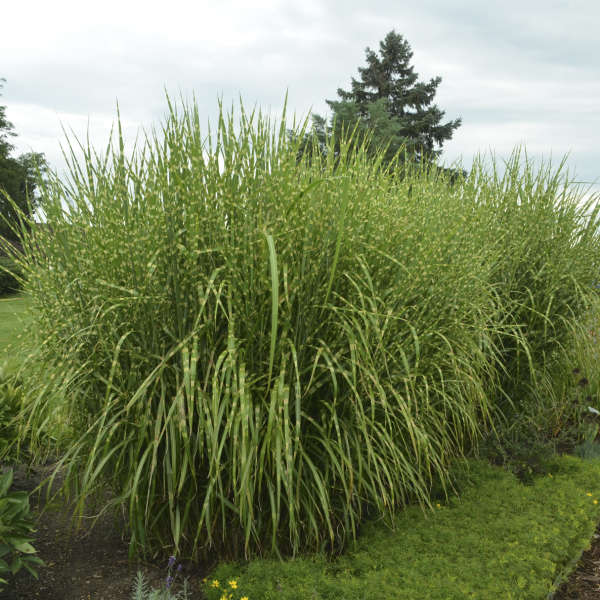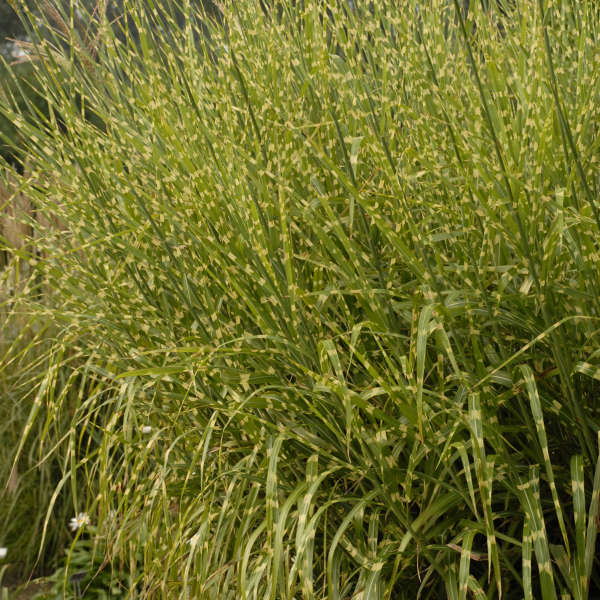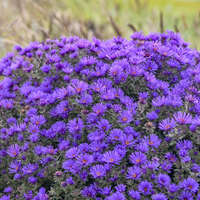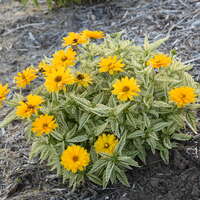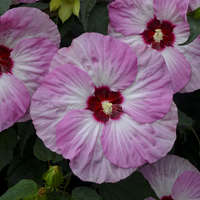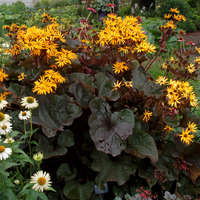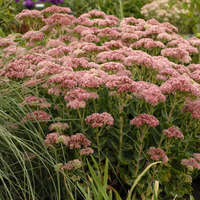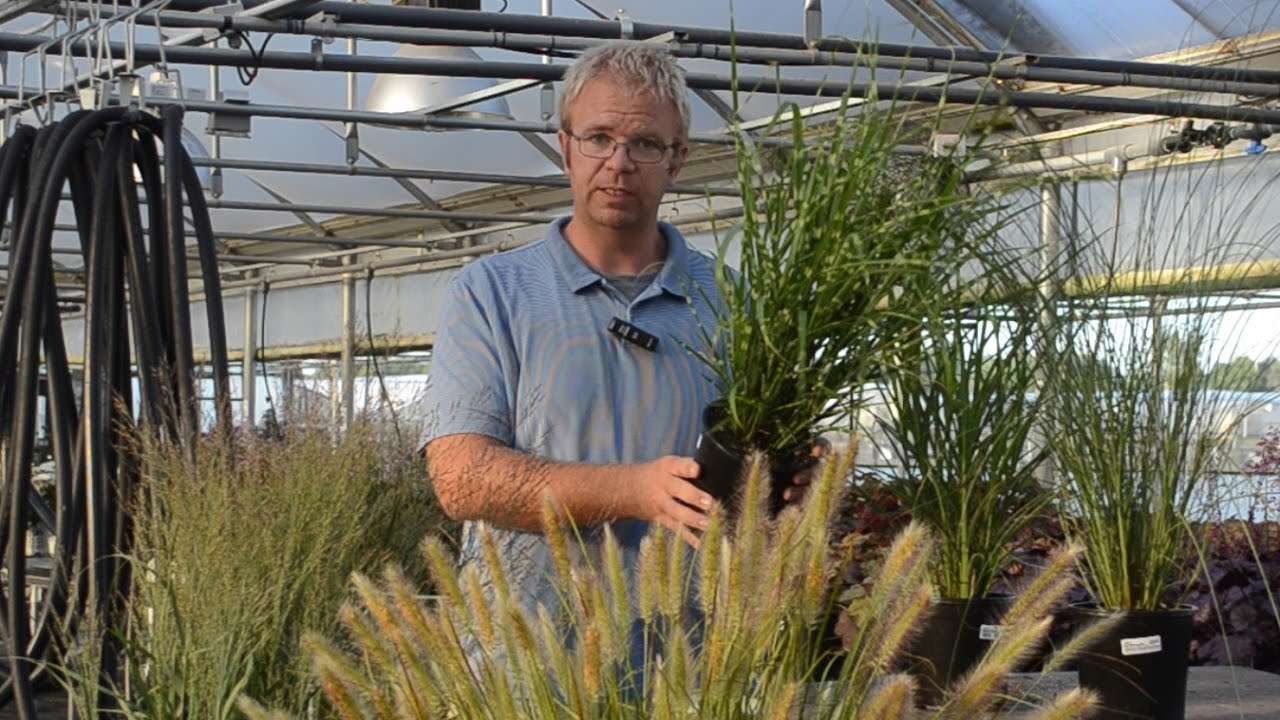Miscanthus sinensis 'Strictus'
Common Name: Porcupine Grass, Ornamental Grass
Similar green and yellow banding like 'Little Zebra', but a totally different habit. 'Porcupine Grass' is an upright, stiff grass whose leaves stretch skyward like porcupine spines, thus the name.
Distinctive yellowish-white, horizontal banding on the green leaves of this cultivar seem to glow when backlit by the early morning or late afternoon sun.
This grass requires a very long, hot growing season to be able to produce flowers. When it does, they are spectacular pinkish copper plumes that appear in early fall. As the seeds mature, they become fluffy, and are a great accent to the reddish-tan winter foliage.
Miscanthus is versatile from a design standpoint; it can be used as a specimen, for massing or screening, in large containers, or at the pond's edge. Plant this grass where its wonderful winter interest can be enjoyed.
30ct Plug Tray |
